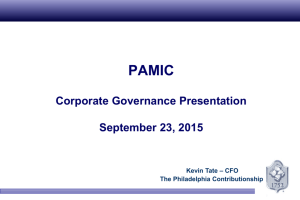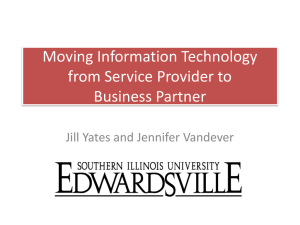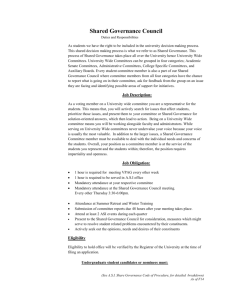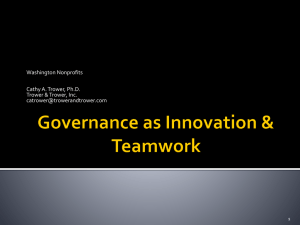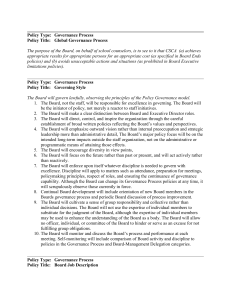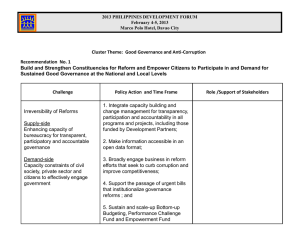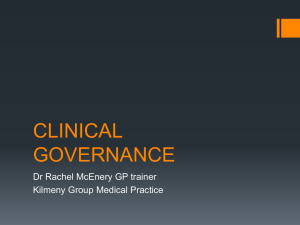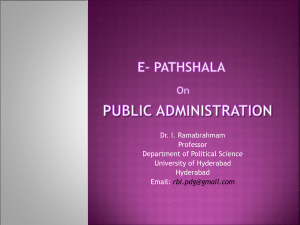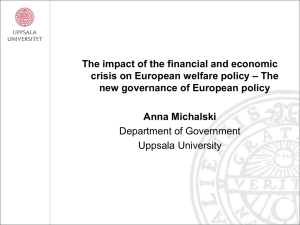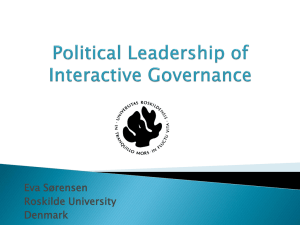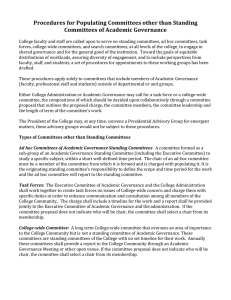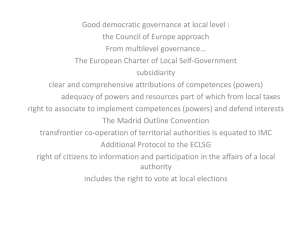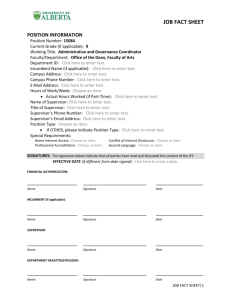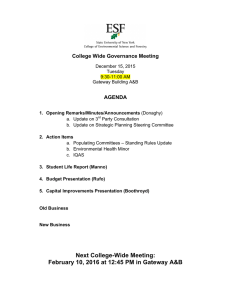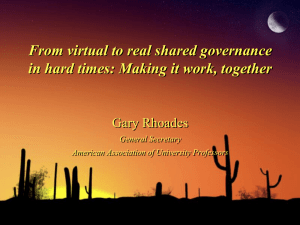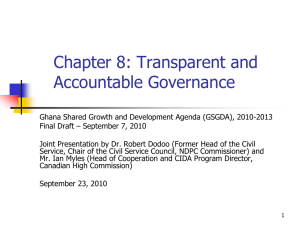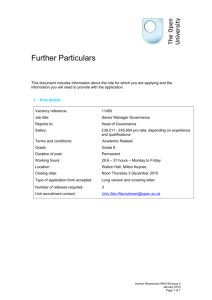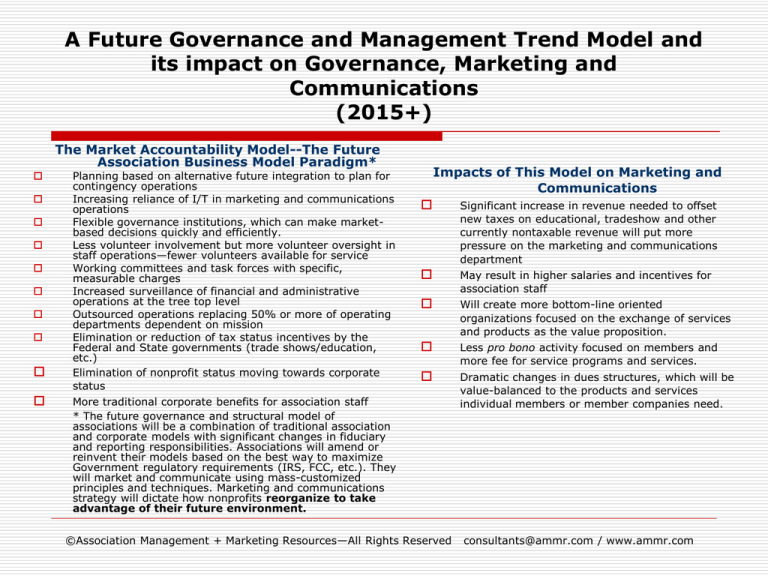
A Future Governance and Management Trend Model and
its impact on Governance, Marketing and
Communications
(2015+)
The Market Accountability Model--The Future
Association Business Model Paradigm*
Planning based on alternative future integration to plan for
contingency operations
Increasing reliance of I/T in marketing and communications
operations
Flexible governance institutions, which can make marketbased decisions quickly and efficiently.
Less volunteer involvement but more volunteer oversight in
staff operations—fewer volunteers available for service
Working committees and task forces with specific,
measurable charges
Increased surveillance of financial and administrative
operations at the tree top level
Outsourced operations replacing 50% or more of operating
departments dependent on mission
Elimination or reduction of tax status incentives by the
Federal and State governments (trade shows/education,
etc.)
Elimination of nonprofit status moving towards corporate
status
Impacts of This Model on Marketing and
Communications
Significant increase in revenue needed to offset
new taxes on educational, tradeshow and other
currently nontaxable revenue will put more
pressure on the marketing and communications
department
May result in higher salaries and incentives for
association staff
Will create more bottom-line oriented
organizations focused on the exchange of services
and products as the value proposition.
Less pro bono activity focused on members and
more fee for service programs and services.
Dramatic changes in dues structures, which will be
value-balanced to the products and services
individual members or member companies need.
More traditional corporate benefits for association staff
* The future governance and structural model of
associations will be a combination of traditional association
and corporate models with significant changes in fiduciary
and reporting responsibilities. Associations will amend or
reinvent their models based on the best way to maximize
Government regulatory requirements (IRS, FCC, etc.). They
will market and communicate using mass-customized
principles and techniques. Marketing and communications
strategy will dictate how nonprofits reorganize to take
advantage of their future environment.
©Association Management + Marketing Resources—All Rights Reserved
consultants@ammr.com / www.ammr.com
Combination Benchmark Governance Model for Boards,
Committees and Staff
(2015+)
BOARD OF DIRECTORS*
COM / TF’S / SIG’S****
Executive Committee
Governance Mgt & Manpower
Standing Committees**
Vol. Selection & Placement***
Strategic Plan’g & Business
Nominating
Finance / Audit
Community / SIG A
Marketing TF
Community / SIG B
Communications TF
Committee Evaluation
Ad Hoc 1
Publications TF
Awards
Ad Hoc 2
Education TF
Chief Staff Exec
Integrated Staff Liaison (1)
Bylaws / P & P
* Smaller, leaner board--more detailed liaison responsibilities and
supervision of committees and other governance units
****Put together on a cross-functional basis depending on the
subject matter / function / area of expertise
** Smaller, leaner committees & TF’s with specific job descriptions and
timelines for deliverables
(1) Staff liaison with appropriate TF’s and Ad Hoc’s—however,
more of the burden is placed on staff functions in the marketing
and communications areas as volunteer time commitments
decrease
***Manages volunteers selected from an association wide pool maintained
by skill and geographic area (in the governance I/T application) to serve
on TF’s & Ad Hoc’s depending on skills needed for the assignment
©Association Management + Marketing Resources—All Rights Reserved
consultants@ammr.com / www.ammr.com

